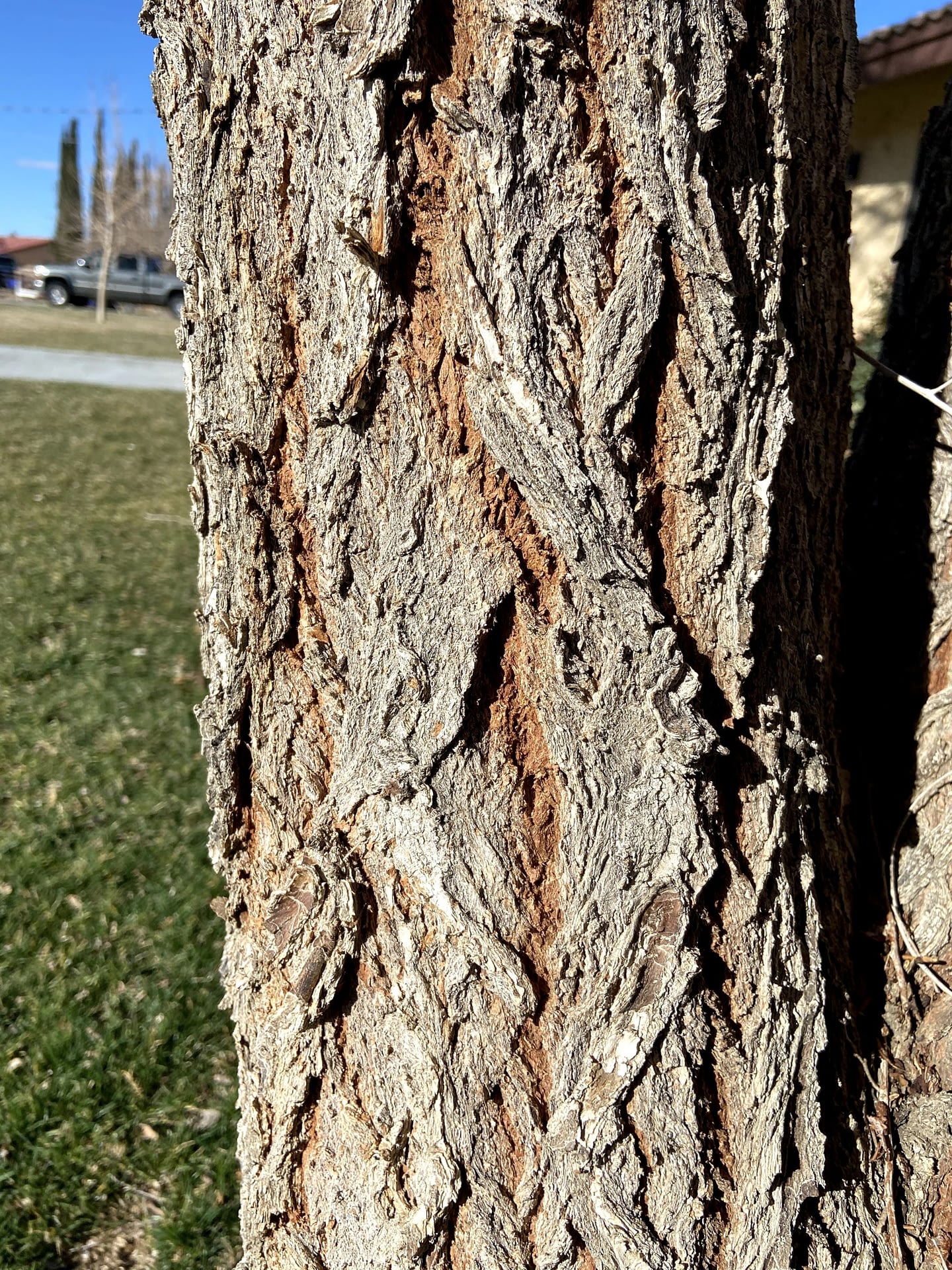Asymetrix
Yamadori
Sorry for another elm ID thread but this one's interesting to me.
Collected these elms in the spring. I assumed they were Ulmus Americana or Ulmus Rubrum but the bark is drastically different.
It is light grey. Corky and fissured. They do not have any wings nor did they when I collected them. The larger of the two was much older than expected. Between 40-50 years of growth rings.
Both were near creek banks or bottoms. I live in southern Illinois near St. Louis.
I was reading about Ulmus Serotina or the September Elm which is endemic to Tennessee but has some small numbers in southern Illinois.
Any help or information appreciated. I realize elms can be hard to ID.
Collected these elms in the spring. I assumed they were Ulmus Americana or Ulmus Rubrum but the bark is drastically different.
It is light grey. Corky and fissured. They do not have any wings nor did they when I collected them. The larger of the two was much older than expected. Between 40-50 years of growth rings.

Both were near creek banks or bottoms. I live in southern Illinois near St. Louis.
I was reading about Ulmus Serotina or the September Elm which is endemic to Tennessee but has some small numbers in southern Illinois.
Any help or information appreciated. I realize elms can be hard to ID.




